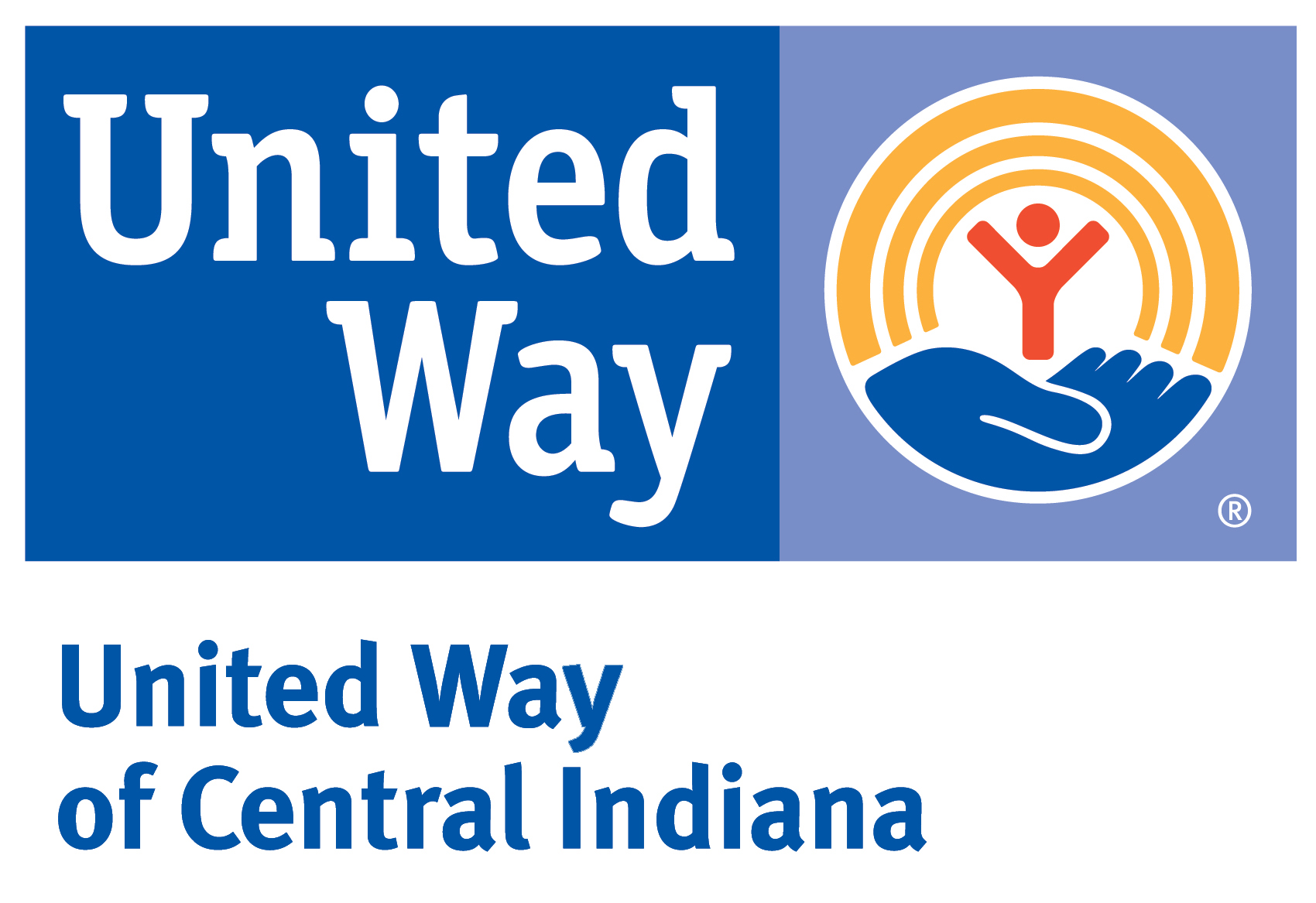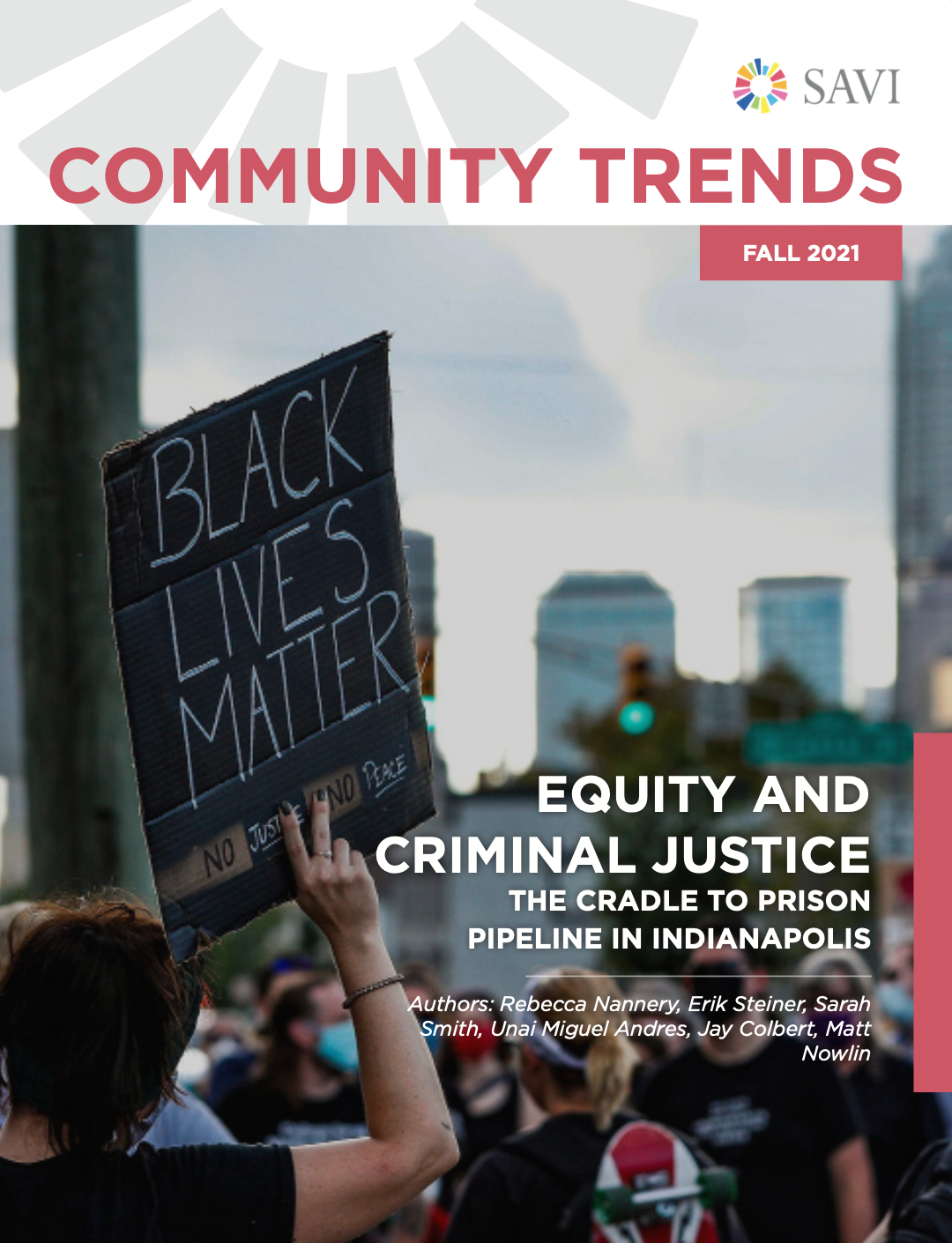Equity and Criminal Justice
SAVI Talks - November 18, 2021An individual’s interaction with the criminal justice system is not necessarily a random event: Research shows that beginning from birth, various factors including disability, race, gender, and economic status result in disproportionate impact on subpopulations in a way that makes them more likely to engage with the criminal justice system. These factors, and policies that alleviate or compound existing inequities will be examined using the Cradle to Prison Pipeline framework.
This report examines a concept called the “cradle to prison pipeline.” It is a review of some of the basic statistics at each stage of this pipeline: childhood, school, juvenile justice, early adulthood, and imprisonment. For each stage, we present basic trends and disparities across race, place, gender, and other demographic variables.
Research has shown that highlighting racial disparities can actually increase support for policies that perpetuate inequality, such as “stop and frisk.” With caution, this report maintains a focus on disparities, particularly between Black and white residents, because those are indicative of problems within systems and not the inherent criminality of individuals or populations.
Black and white jail population per 100,000 people age 15-64 (five-year average)
Indiana
Marion County
Community Trends Report
SAVI Talks Presentation
Introduction & Report Presentation:
Panel Discussion & Closing Remarks:
Articles and Story Maps
Explore other research and interactive content we have developed around equity.
Changes in Indy’s Historic Black Neighborhoods
In the 1970s, 4,000 residents left this nearly all-black neighborhood. Why? An increasingly desegregated housing market and closure of one of the country’s first public housing projects.
Neighborhood Change 1970-2016
From 1970 to 2016, the forces of suburbanization and white flight, followed by the ensuing forces of urbanization, have significantly changed neighborhoods across the Indianapolis region. White, educated, and middle- to upper-income households left the core of...
Story Map: Race and Migration Since 1970
In 1970, half of the region’s Black population lived in 12 square miles north of downtown Indianapolis. As Black residents moved into ’60s suburban communities, 120,000 White residents left the city’s core for newer suburbs.
Are We Segregated by Educational Attainment?
Most neighborhoods match the educational diversity of our region, but those with less education are largely excluded from downtown and the northern suburbs, while they are relatively isolated in the southeast side and parts of Anderson.
City Funds Flanner House Micro-Grocery in Food Desert
WFYI reports that the City of Indianapolis announced the first recipient of its Healthy Food Access grant on Thursday. Flanner House will receive $400,000 to develop Cleo's Bodega, a micro-grocery that will sell discounted food through a relationship with Under the...
As Gentrification Bill Considered, Values Increasing Quickly in These Neighborhoods
A proposal in the state legislature would offer long-time homeowners in designated areas relief from rising property taxes. Indiana House Bill 1056, which was debated in a study committee last week, would cap assessed value increases at three percent for eligible...
Unequal Access: Tobacco Retail in the Indianapolis Metro Area
Retail access to various smoking products is an important consideration when discussing community action to improve a community’s health. Studies show that tobacco outlet density and proximity are linked to tobacco use–particularly in poor areas. We used...
Who Has Access to Groceries and Farmers’ Markets?
The USDA defines food deserts as a census tract where “at least 500 people and/or at least 33 percent of the census tract's population reside more than one mile from a supermarket or large grocery store." [usda.gov] This is a useful definition, but of course food...
The Rich Live Longer Everywhere. For the Poor, Geography Matters.
Article You May Have Missed: The April 11, 2016 issue of the The New York Times featured the article, "The Rich Live Longer Everywhere. For the Poor, Geography Matters." This topic resonates with the Polis Center and SAVI as we prepared a report on a similar...
Worlds Apart: Gaps in Life Expectancy in the Indianapolis Metro Area
Two communities that are both situated within the Indianapolis metropolitan area and separated by only 28 miles are in reality worlds apart. One sits in a northeastern suburb of Indianapolis. Its residents have a life expectancy of 83.7 years, rivaling the top-ranking...
Authors
Sharon Kandris
Associate Director,
The Polis Center
Jay Colbert,
Data Manager,
The Polis Center
Jeramy Townsley,
Visiting Research Analyst,
The Polis Center
Matt Nowlin,
Research Analyst,
The Polis Center
Event Partners





